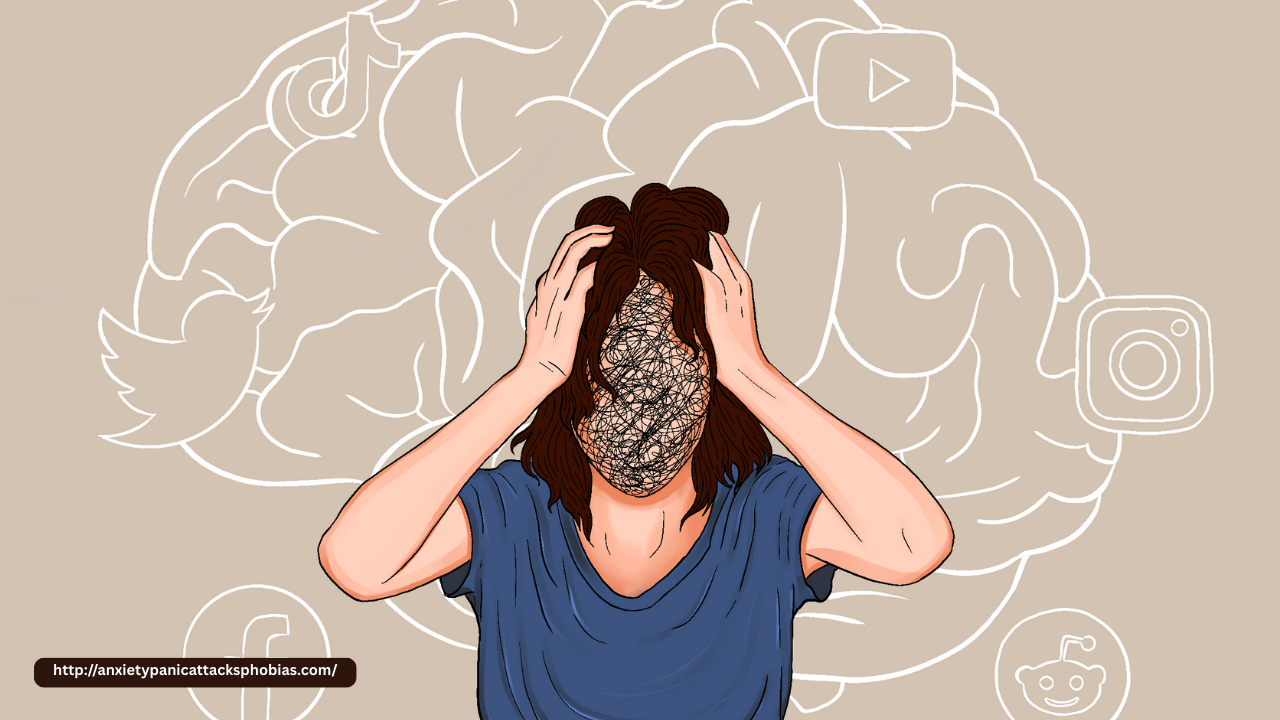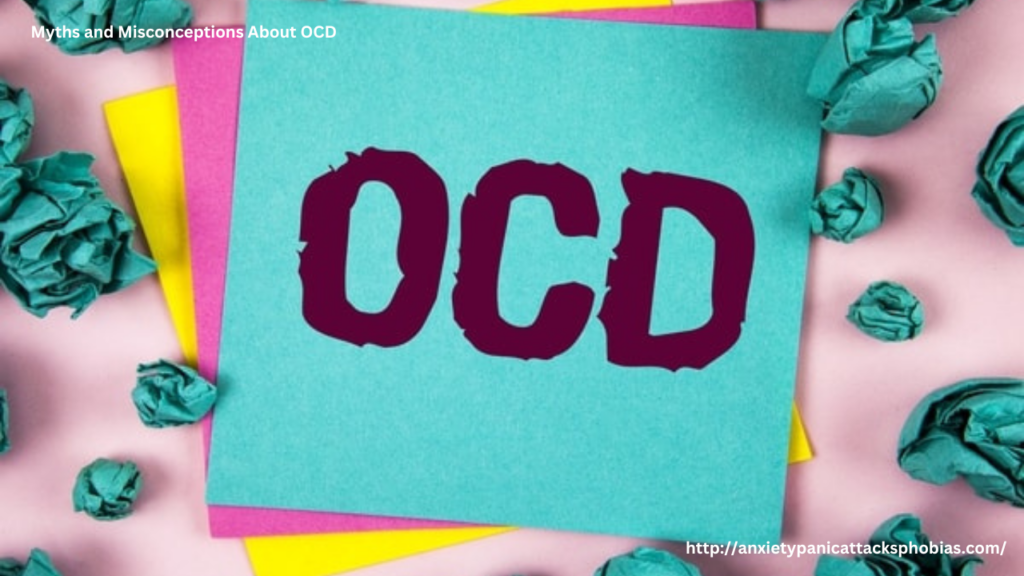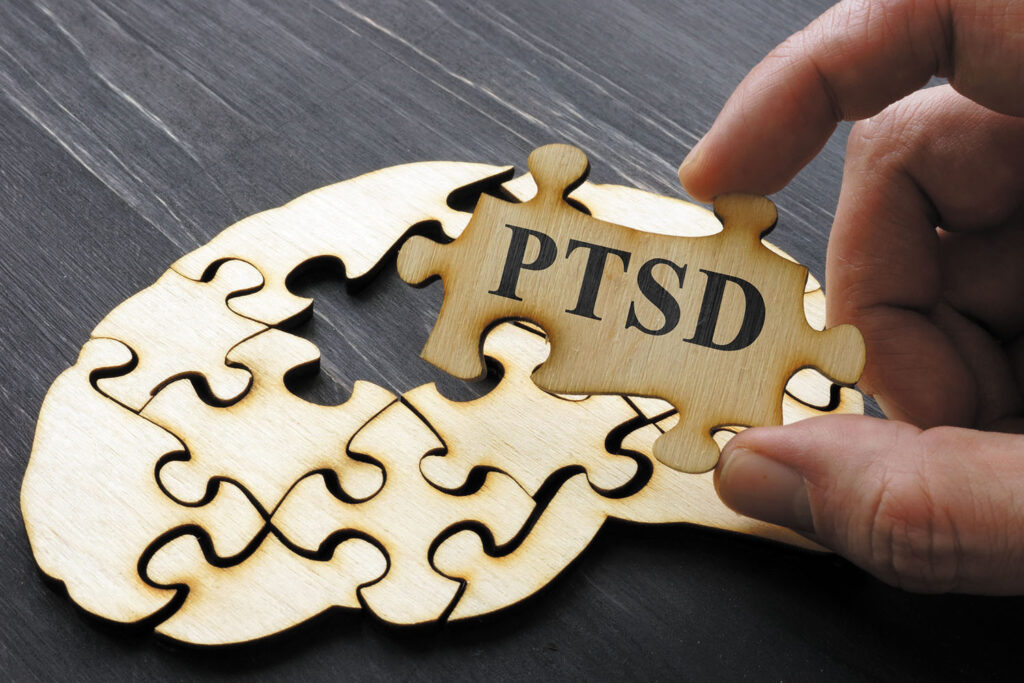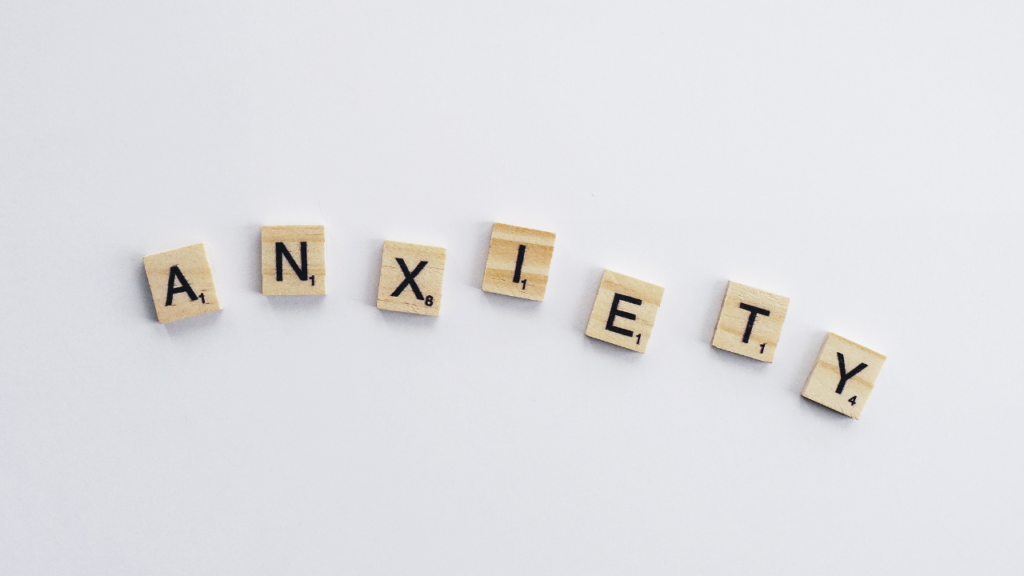When Fear Takes Over: A Deep Dive into Generalized Anxiety Disorder
Anxiety is a normal part of life, a survival mechanism that alerts us to potential danger. However, when worry becomes constant, uncontrollable, and interferes with daily functioning, it may be a sign of Generalized Anxiety Disorder (GAD). GAD is a common yet often misunderstood mental health condition that affects millions of people worldwide. Understanding its symptoms, causes, and treatment options is essential for fostering empathy and encouraging proper care.
What Is Generalized Anxiety Disorder?
Generalized Anxiety Disorder is characterized by excessive, persistent worry about a variety of everyday topics, such as health, work, family, or finances. Unlike occasional anxiety that arises in response to specific stressors, GAD involves worry that is disproportionate and difficult to control, lasting for six months or more.
Common symptoms include:
- Constant, unrealistic worry
- Restlessness or feeling “on edge”
- Difficulty concentrating
- Fatigue
- Irritability
- Muscle tension
- Sleep disturbances
These symptoms often lead to significant distress and can impair social, occupational, and other important areas of functioning. Because GAD symptoms can overlap with those of other disorders, it is crucial to receive a comprehensive evaluation from a mental health professional.
Causes and Risk Factors
The exact cause of GAD is not fully understood, but a combination of genetic, biological, and environmental factors is believed to contribute to its development.
- Genetics: A family history of anxiety or other mental health disorders may increase the risk.
- Brain Chemistry: Imbalances in neurotransmitters such as serotonin and dopamine play a role in mood regulation.
- Personality Traits: Individuals who are naturally more timid or negative in their outlook may be more prone to GAD.
- Life Experiences: Traumatic events, chronic illness, or prolonged stress can trigger or worsen anxiety.
The Impact of GAD on Daily Life
Living with GAD can be mentally and physically exhausting. The constant state of worry can interfere with job performance, strain relationships, and limit one’s ability to enjoy life. Many individuals with GAD also experience other mental health disorders, such as depression or substance abuse, making early detection and treatment even more critical.
Effective Treatment Strategies
Fortunately, GAD is a treatable condition. A combination of therapy, medication, and self-care practices can significantly reduce symptoms and improve quality of life.
1. Psychotherapy
Cognitive-Behavioral Therapy (CBT) is the most widely used and effective form of therapy for GAD. It helps individuals identify negative thought patterns and develop healthier ways to respond to anxiety-provoking situations.
2. Medication
Antidepressants such as selective serotonin reuptake inhibitors (SSRIs) and serotonin-norepinephrine reuptake inhibitors (SNRIs) are commonly prescribed. In some cases, short-term use of anti-anxiety medications may be helpful.
3. Lifestyle Changes
- Regular exercise
- Mindfulness and relaxation techniques
- Adequate sleep and balanced nutrition
- Limiting caffeine and alcohol intake
Conclusion
Generalized Anxiety Disorder is more than just excessive worry; it is a chronic condition that requires understanding, compassion, and appropriate treatment. By raising awareness and promoting mental health education, we can help those affected by GAD lead more peaceful and productive lives.









